The Establishment of Big Bend National Park and U.S.—Mexico Transborder Governance
DOI: 10.23977/erej.2024.080110 | Downloads: 28 | Views: 1270
Author(s)
Yuhang Fei 1, Jiabing Han 1
Affiliation(s)
1 School of History, Anhui Normal University, Wuhu, 241002, China
Corresponding Author
Yuhang FeiABSTRACT
Big Bend National Park, located in the southwestern part of Texas, USA, is the largest national park in the state. The park, known for its long history, natural resources, and stunning landscapes, shares a border with Mexico, separated only by a river, with the centerline of the river serving as the boundary between the two countries. From its inception, Big Bend National Park has been valued as a common asset of the American people, receiving continuous protection and maintenance from the U.S. government. The park plays a significant role in preserving the natural, cultural, and historical heritage of Texas and serves as a window for other countries to understand the magnificent landscapes and cultural history of the southern United States. During the governance of Big Bend, the United States and Mexico have cooperated closely, sharing management experiences and jointly promoting the construction of the national park. Both countries have faced numerous intractable ecological issues in cross-border governance, such as pollution, smuggling, drug trafficking, and have encountered substantial resistance from political and economic interest groups. The journey from the initial establishment of Big Bend National Park to the formation of a U.S.-Mexico transborder park system spanned over seventy years. This paper aims to explore the transnational environmental governance of both countries around the establishment of Big Bend National Park, showcasing the interplay of various forces in the park's creation and contributing to the development of transnational environmental governance theory.
KEYWORDS
Big Bend; National Park; Cross-border; Environmental GovernanceCITE THIS PAPER
Yuhang Fei, Jiabing Han, The Establishment of Big Bend National Park and U.S.—Mexico Transborder Governance. Environment, Resource and Ecology Journal (2024) Vol. 8: 67-77. DOI: http://dx.doi.org/10.23977/erej.2024.080110.
REFERENCES
[1] Donald Worster, translated by Hou Wenwei: "Nature's Economy: A History of Ecological Ideas", Beijing: The Commercial Press, 2007 edition, page 92.
[2] Huang Annián: "The U.S.-Mexico War and the Proliferation of the 'Manifest Destiny' Ideology", Journal of Beijing Normal University, 1984, No. 4, pages 53-55.
[3] Arthur R. Gomez, A Most Singular Country: A History of Occupation in the Big Bend, Provo: Brigham Young University Press, 1990, pp. 46-47.
[4] Robert Shankland, Steve Mather of the National Parks, New York: Alfred A. Knopf, 1951, p. 52.
[5] Fu Chengshuang: "Re-examining the Development of the American West from the Perspective of Environmental History", History Monthly, 2009, No. 2, page 107.
[6] Arthur R. Gomez, A Most Singular Country: A History of Occupation in the Big Bend, Provo: Brigham Young University Press, 1990, p. 179.
[7] Richard W. Sellars, Preserving Nature in the National Parks: A History, New Haven: Yale University Press, 1997, p. 126.
[8] Alfred Runte, National Parks: the American Experience, Lanham: Taylor Trade Publishing, 4th edition, 2010.
[9] John Reed, Insurgent Mexico, New York: International Press, 2002, p. 31.
[10] Friedrich E. Schuler, Mexico between Hitler and Roosevelt: Mexican Foreign Relations in the Age of Lazaro Cardenas(1934–1940), Albuquerque: University of New Mexico Press, 1998, pp. 63-65.
| Downloads: | 5979 |
|---|---|
| Visits: | 448443 |
Sponsors, Associates, and Links
-
International Journal of Geological Resources and Geological Engineering
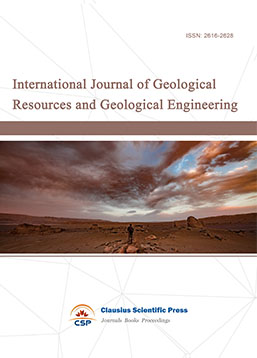
-
Big Geospatial Data and Data Science

-
Solid Earth and Space Physics

-
Environment and Climate Protection
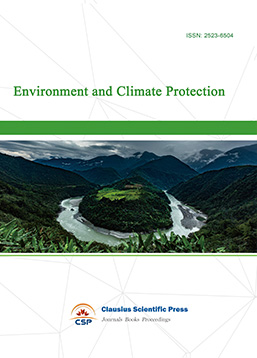
-
Journal of Cartography and Geographic Information Systems

-
Offshore and Polar Engineering

-
Physical and Human Geography
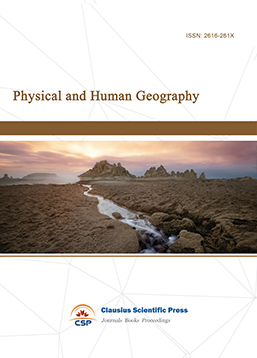
-
Journal of Atmospheric Physics and Atmospheric Environment
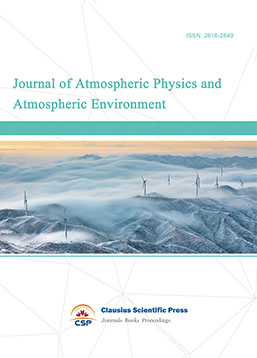
-
Trends in Meteorology

-
Journal of Coastal Engineering Research
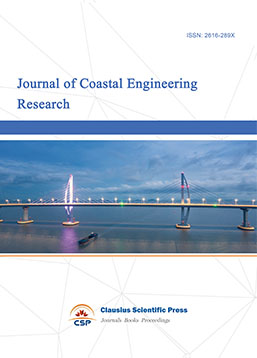
-
Focus on Plant Protection
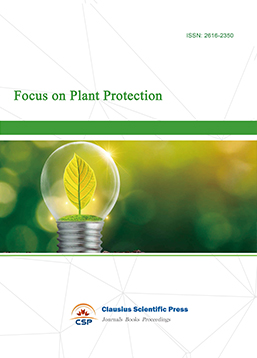
-
Toxicology and Health of Environment
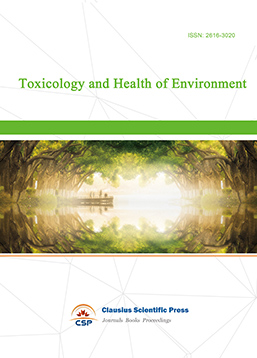
-
Geoscience and Remote Sensing
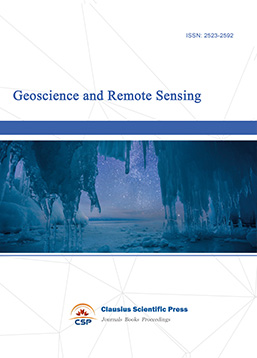
-
Advances in Physical Oceanography

-
Biology, Chemistry, and Geology in Marine
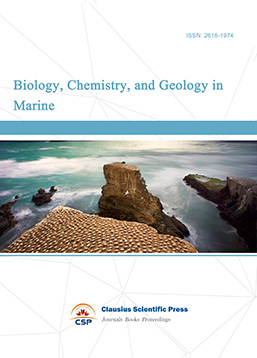
-
Water-Soil, Biological Environment and Energy

-
Geodesy and Geophysics

-
Journal of Structural and Quaternary Geology
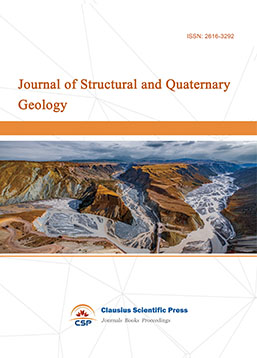
-
Journal of Sedimentary Geology

-
International Journal of Polar Social Research and Review


 Download as PDF
Download as PDF